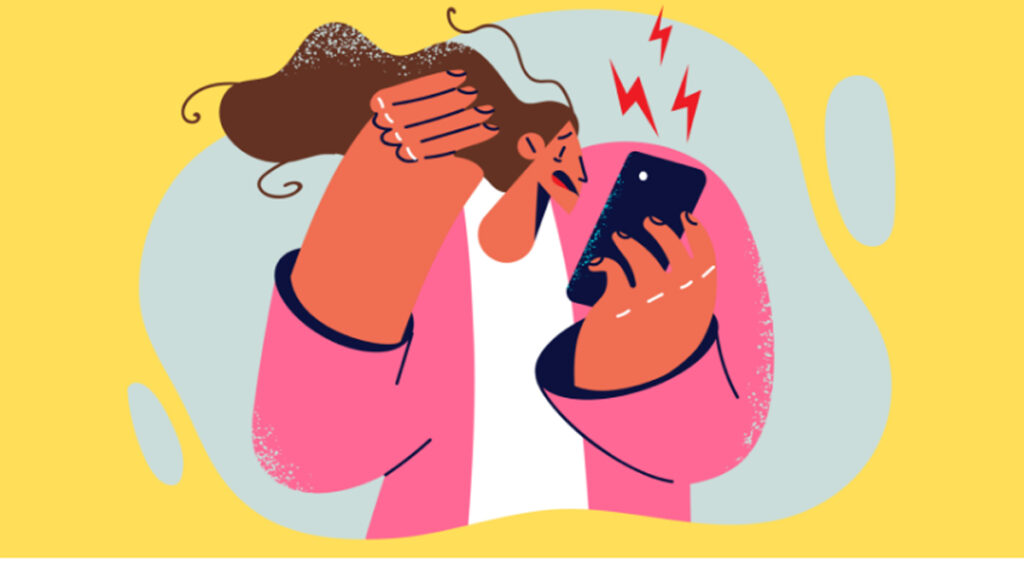
Adolescence is a crucial period marked by cognitive, social, and emotional development and attaining sexual maturity. With the onset of puberty, adolescents find themselves filled with emotions, feelings, sexual desires, and curiosity. Friendships, experimentation and romantic relationships become an important social aspect of adolescents’ lives. These relationships play a major role in their identity development, self-esteem, and social connectedness. Technology and social media have changed the way teens communicate, and build relationships. It has also brought new dynamics in romantic relationships, including online dating, sexting, and sharing sensitive digital media. Adolescents are now using these platforms to connect with others, engage in relationships, and seek potential partners. However, this has also made them vulnerable to exploitation, bullying, sexual harassment, violence, and violation of their sexual and reproductive health rights. This blog post will go into the nuanced dynamics of dating violence, its impacts on adolescents’ well-being, the role of online safety and what measures youth can take to protect themselves.
Conventionally used by adults, dating platforms like Tinder, Bumble etc. have gained popularity among teens. It provides them with the choice to connect with friends and potential partners all around the world through digital media, which are conceived as safe platforms. Dating platforms offer youth the ease of communicating with people outside their social circles – while portraying an idealized version of themselves. The anonymity of such platforms can make it difficult to recognize the reality of the person behind the screen, putting youth at risk of exploitation, manipulation, and abuse.
Dating violence is defined as a type of partner violence that can include physical and sexual violence, psychological aggression and stalking. The increased popularity of digital apps to engage with others makes teenagers more vulnerable to dating violence. Up to 19% of teenagers have experienced either sexual or physical violence, and as much as 65% have been reported to have been psychologically abused. As a result, youth are more likely to engage in negative coping mechanisms, such as substance abuse, unhealthy weight control methods and risky sexual behaviours. Physical injury during dating violence is also not uncommon. If an adolescent faces dating violence, there are increased odds of experiencing adult intimate partner violence later in life, as well as suicide ideation, antisocial behaviours and adverse health outcomes.
When adding a lack of online safety to the conversation, these issues become more prevalent, as there is a higher likelihood of privacy victimization, cyberbullying and online harassment. Teenagers are also vulnerable to grooming by older adults, which can lead to dating violence due to the power imbalance that comes with age.
To address this issue a multifaceted approach involving education, advocacy and policy must be implemented. These strategies serve as protective measures for youth with the knowledge and skills needed to navigate online spaces while developing healthy relationships. Teaching youth the importance of practicing safe online use and integrating digital literacy into school curricula, empowers them with the tools to recognize and mitigate the risks associated with online dating. Ideally, these initiatives will also emphasize the importance of maintaining open communication with adults, as well as encouraging adolescents to seek help when needed.
The Resource Library provided by the Promoting Relationships & Eliminating Violence Network (or PREVNet) is a helpful tool, as it provides a comprehensive database with many resources to address various topics, including youth dating violence and healthy relationships. It is also imperative that educators, healthcare providers and policymakers become involved, as they each play a distinct, yet interconnected role in addressing this issue. Educators work directly with students, and will most likely be their first point of contact when it comes to discussing healthy relationships and fostering a culture of respect and empathy. Similar to educators, healthcare professionals can offer vital support by recognizing signs of dating violence and can offer resources in a confidential setting, as well as counselling to those who may need it. With regards to policymakers, they would be involved in the development of laws and regulations aimed at ensuring the safety of youth and the improvement of school curricula to address navigating online spaces and promoting healthy relationships.
Promoting online safety and preventing dating violence among adolescents requires a collaborative effort from various stakeholders, and by prioritizing education and advocacy, youth will be empowered to build respectful and safe relationships, both online and offline.
1. Online dating applications and risk of youth victimization: A lifestyle exposure perspective: https://pubmed.ncbi.nlm.nih.gov/34038595/
https://www.ncbi.nlm.nih.gov/pmc/articles/PMC10669177/
2. Adolescent Use of Dating Applications and the Associations with Online Victimization and Psychological Distress – PMC: https://www.ncbi.nlm.nih.gov/pmc/articles/PMC10669177/
3. Young People & Dating Apps: Trends and Risks – Ineqe Safeguarding Group: https://ineqe.com/2022/02/14/dating-apps/
4. Online Dating – Teens’ Experiences | Internet Matters: https://www.internetmatters.org/resources/teens-and-online-dating-advice-hub-for-parents/online-dating-teens-experiences/#:~:text=Just%20like%20traditional%20dating%2C%20it's,how%20to%20do%20this%20safely
Map
Missing address




